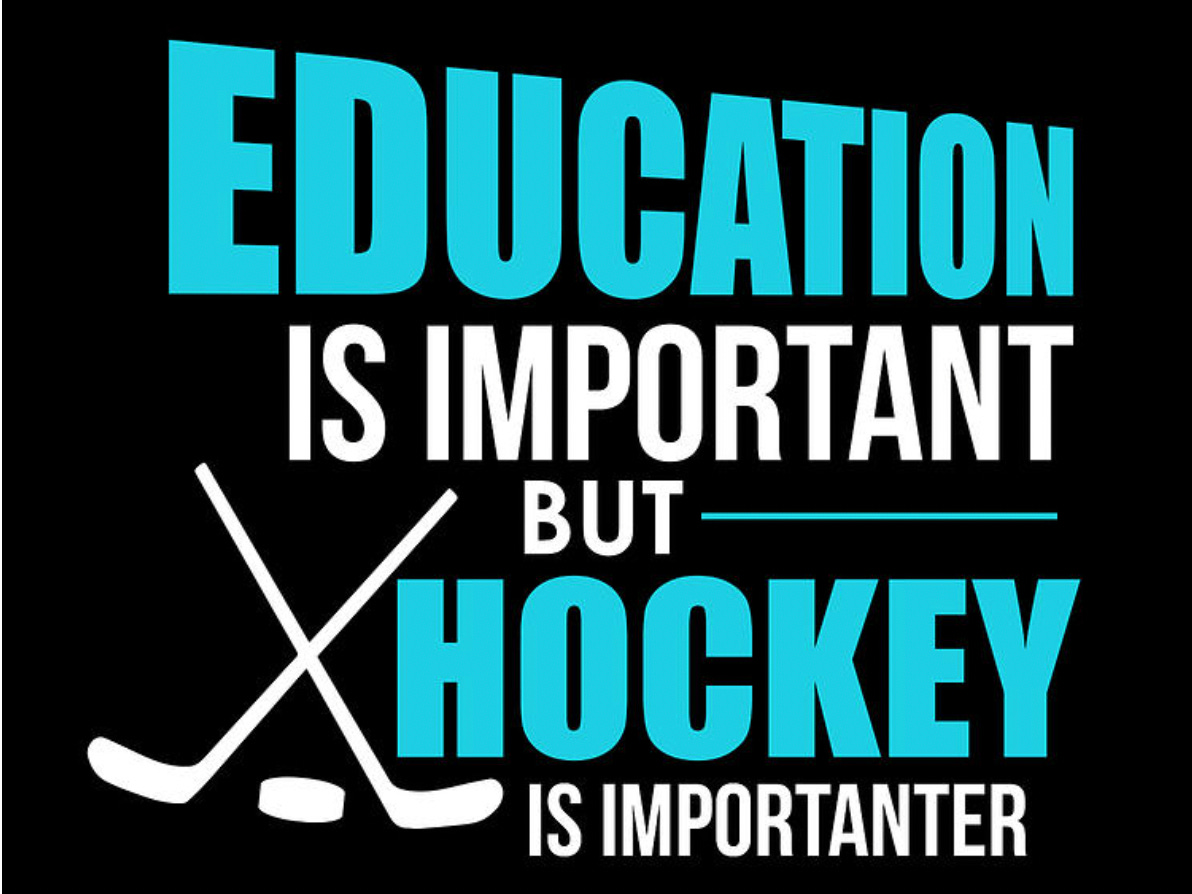The Travel Years
45 Minutes to Gear Up
When I signed my son up for his first hockey program, I thought it would be like any other youth sport a couple of practices a week, some weekend games, maybe the occasional out-of-town tournament. I had no idea that hockey was about to become a full-time lifestyle.
I still remember those early days so clearly. One afternoon, I was in the lobby of his Montessori school, trying to get him into all of his hockey gear before heading to the rink. He was 4 years old, and it took me 45 minutes just to get him ready. Elbow pads, shin guards, socks, laces - by the end of it, I felt like I had run a marathon, and he hadn’t even stepped on the ice yet!
And then there were the travel games. Their very first one was pure comedy. During warm-ups, the first boy skated onto the ice, promptly fell, and the rest of the team piled right on top of him like dominoes. Instead of skating on just half the rink like they were supposed to, they decided to make full laps around the entire thing - wearing themselves out before the puck even dropped. Watching those tiny 4- to 6-year-olds wobbling around was equal parts nerve-wracking and hilarious.
As the years went on, travel became our new normal. We drove icy Montana roads almost every day to get to practices. His little sister grew up in those rinks too - her playdates were with the other “hockey sisters” running around while their brothers were on the ice. The girls spent so much time there that they got used to the cold; before long, they were running around the rink in short-sleeved shirts like it was no big deal.
Weekends were no longer for family downtime. They were spent in cold rinks, packed hotels, and gas stations on the side of the highway. Our calendar wasn’t built around holidays or school breaks - it was built around hockey schedules. If there was a tournament, that’s where we were. If there was practice, we rearranged everything else to make it happen.
The travel itself became its own kind of education. I learned how to pack for a weekend away in ten minutes flat, how to keep kids entertained in hotel hallways, and how to run on bad coffee and rink food. My son learned to do homework in the car, nap between games, and live out of a hockey bag.
But it wasn’t just about the logistics. The road trips and tournaments built a sense of community. Other hockey parents became like extended family — we were all in it together, crammed into bleachers, cheering until our voices cracked, sharing meals in between games, and celebrating (or commiserating) after long days on the ice.
Looking back, those years were exhausting, yes — but they were also unforgettable. They were full of funny, messy, chaotic moments that became the fabric of our family’s story.
And eventually, hockey took us beyond weekend road trips. It demanded bigger sacrifices — like him leaving home to live with other families so he could keep chasing his dream.
Stay tuned for Post 3: Living Away From Home.


